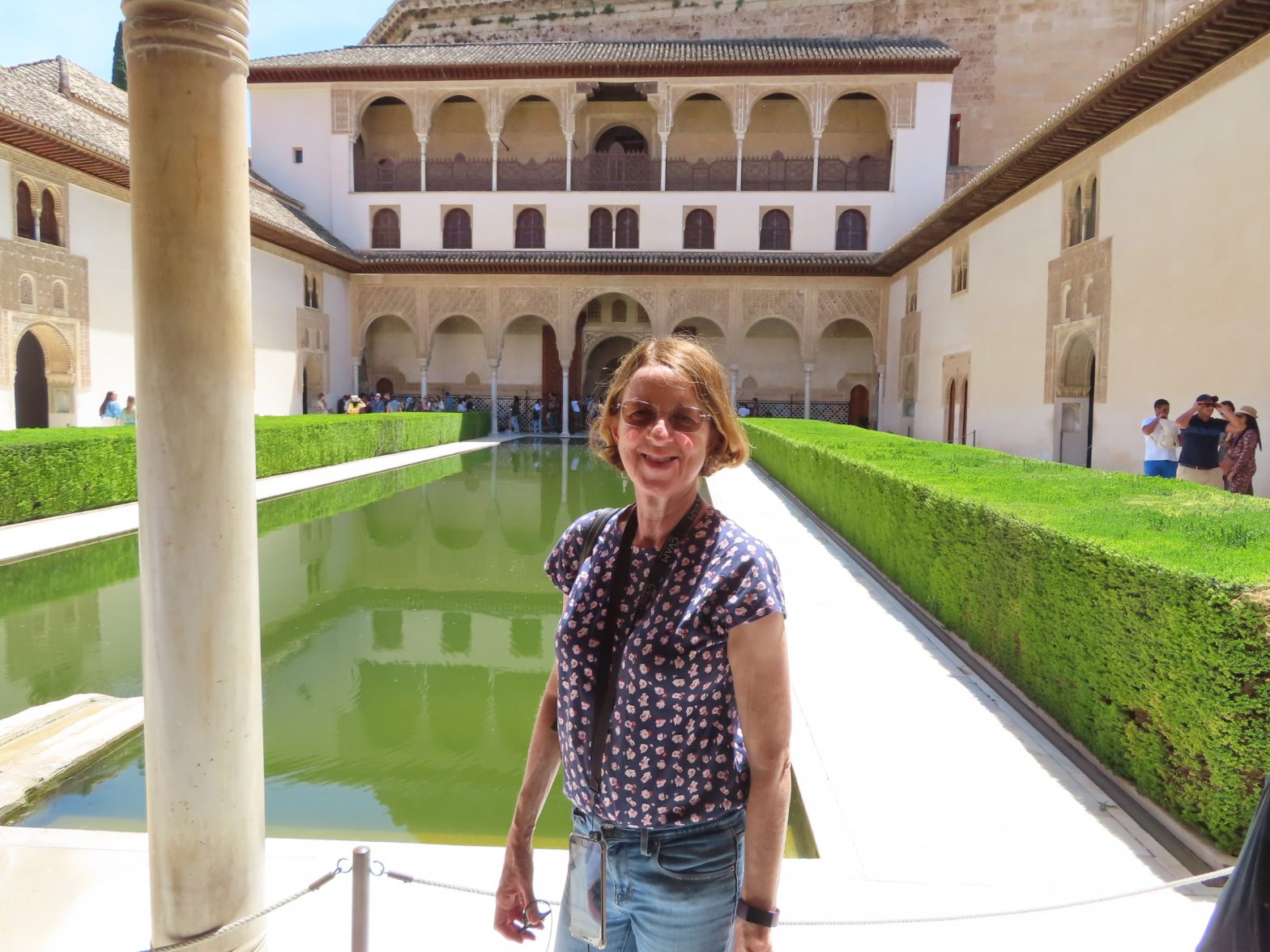The Moors and I have at least one thing in common – we do love a citrus tree. For me this manifests itself in an inability to walk past an orange or lemon tree without stopping to photograph it.
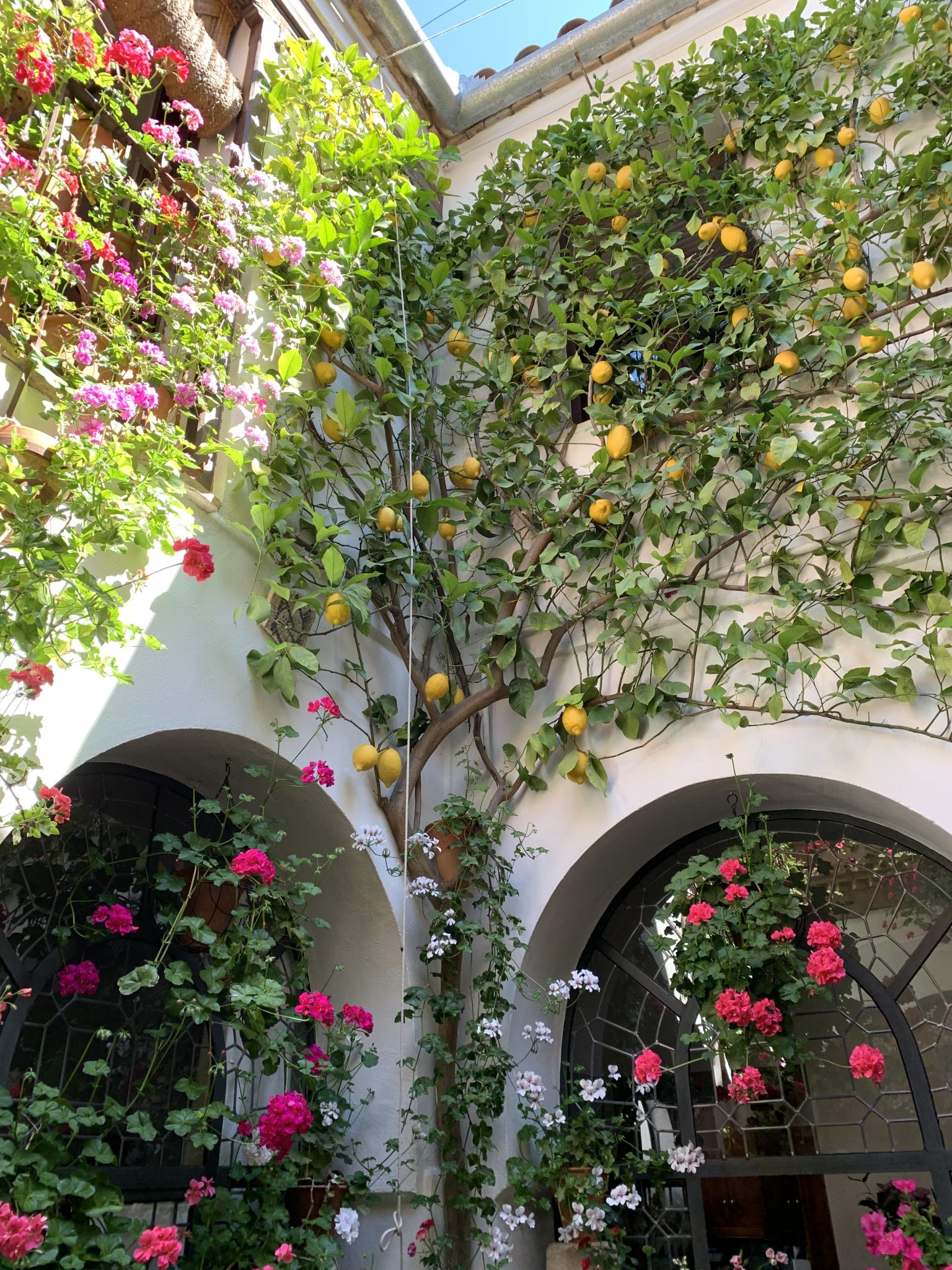
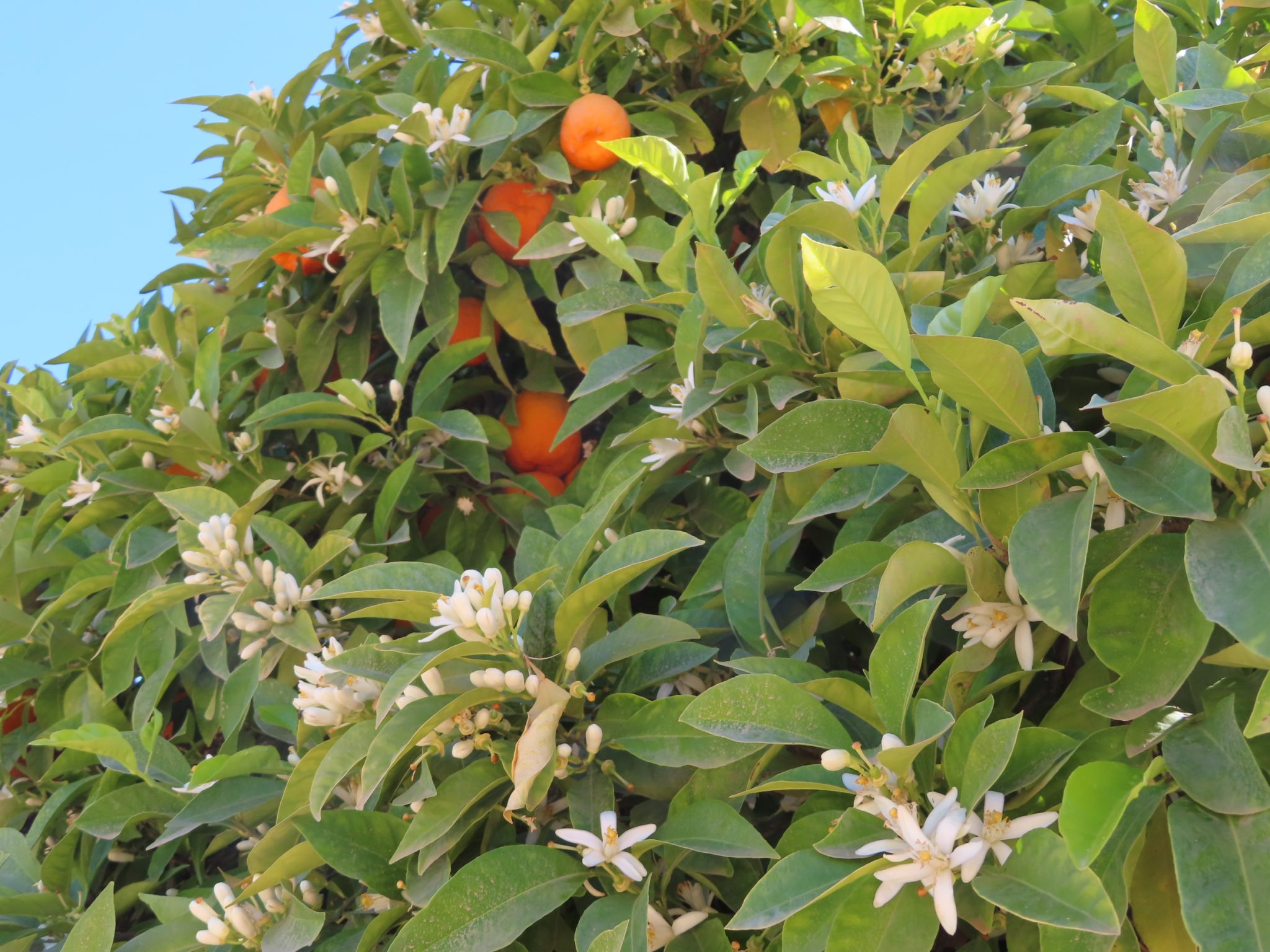
For the Moors, slightly more amibitious in the citrus arena, it meant planting an abundance of orange trees in every town they built. This was partly because cities in hot climates tend to get a tad smelly in hot weather, so the delightful fragrance of orange blossom masks the less delightful fragrances emanating from hot, unwashed bodies. Fifteen hundred years after the Moors arrived, and over five hundred since they left, the trees are still here and they still smell divine. They aren’t sweet oranges though, they’re the bitter sort that we always call Seville oranges. Once they’ve stopped being fragrant and looking decorative the locals have no further use for them, so the fruit drops to the floor, gets squashed and makes a mess, and then the council has to hire workers to clear it all up. No enterprising locals pick the oranges to make genuine Seville orange marmalade for the export trade, which seems like such a waste.
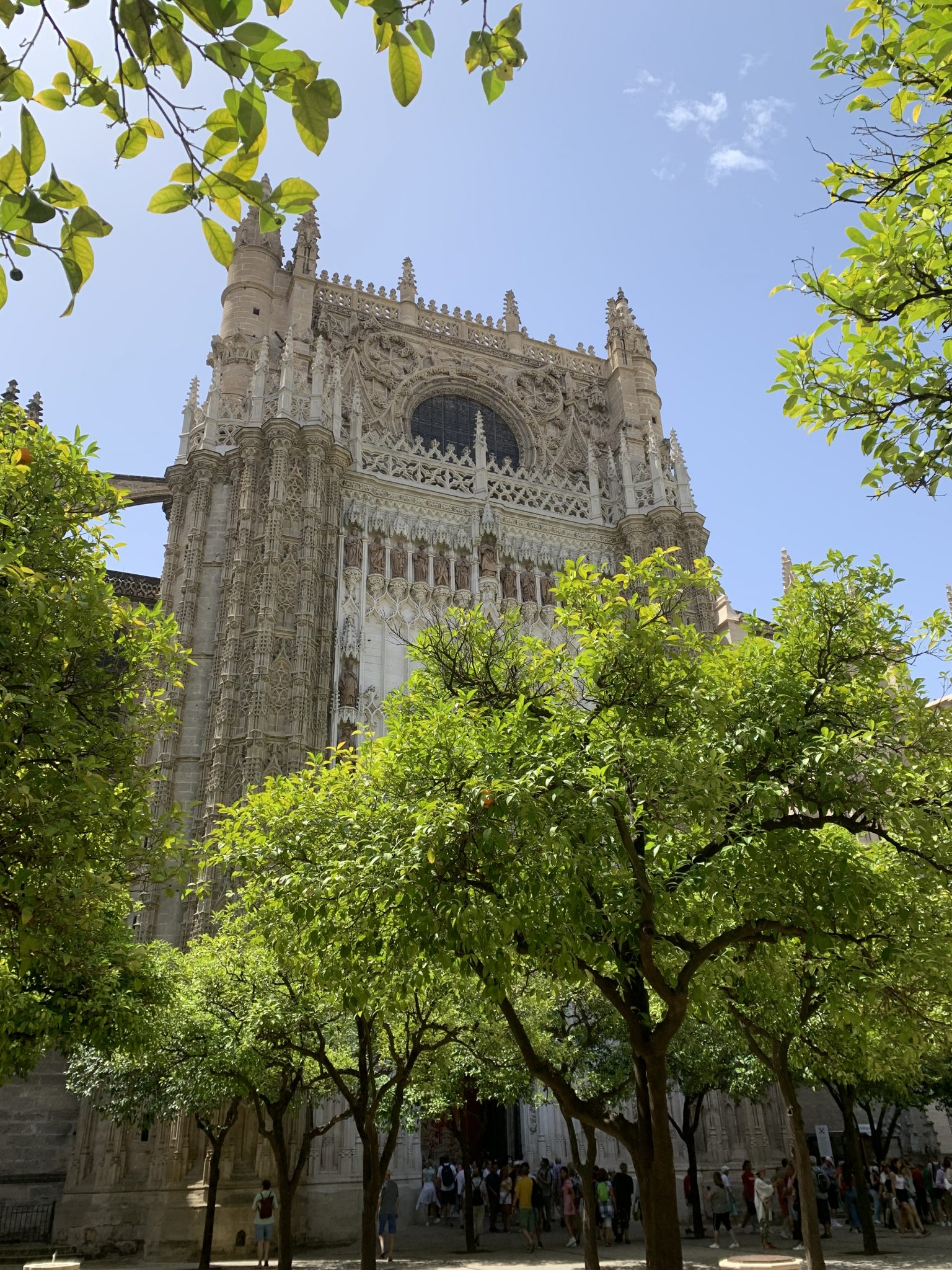
I was mildly surprised by the lack of initiative in the marmalade department, but what really surprised me on my trip to southern Spain was the beautiful gardens the Moors created. I went to Andalucia to see the Moorish architecture, which had been on my wish list for ever, but I ended up being wowed by the gardens.
The Generalife gardens at the Alhambra were created in the 13th and 14th Centuries, which makes them the oldest gardens in the West. Water was crucial in a Moorish garden, as the sound of running water is refreshing in a hot country. A garden was viewed as a refuge from the desert, and an abundance of water in a very dry region was intended to impress visitors and give an aura of magic to the place.

The Courtyard of the Myrtles, with its geometric simplicity has a long rectangular pool which was intended to reflect the sunlight and the architecture. It is flanked by myrtle hedges, another fragrant plant that the Moors used to scent the air and which can also be clipped into geometric shapes. I was very taken with myrtle; it’s such a lovely, shiny plant, and it seems almost Japanese in its willingness to be tamed and controlled … but it probably wouldn’t survive an English winter.
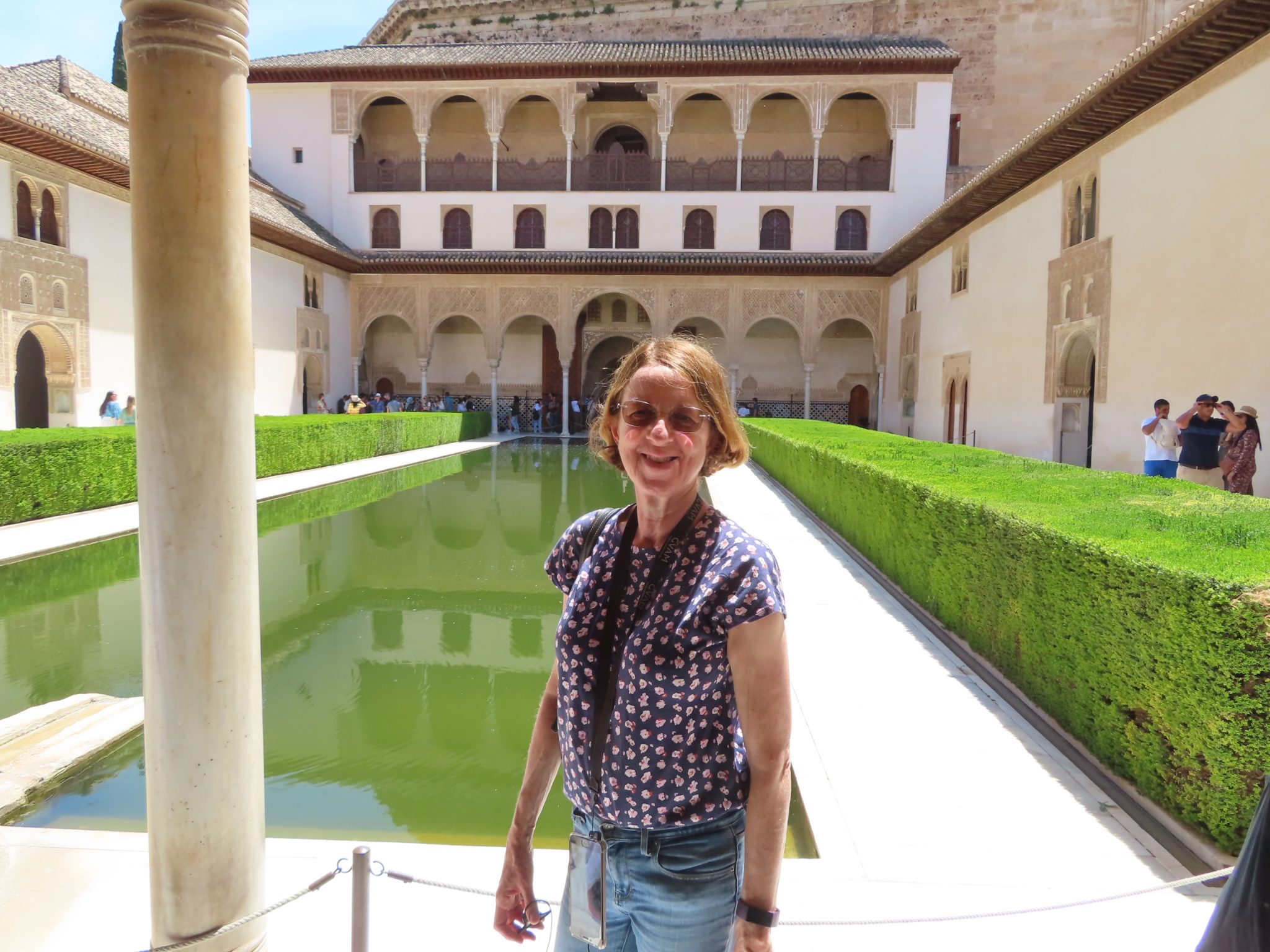
Geometric planting is a feature of Moorish gardens, usually with a tinkling fountain and some welcome shade nearby.
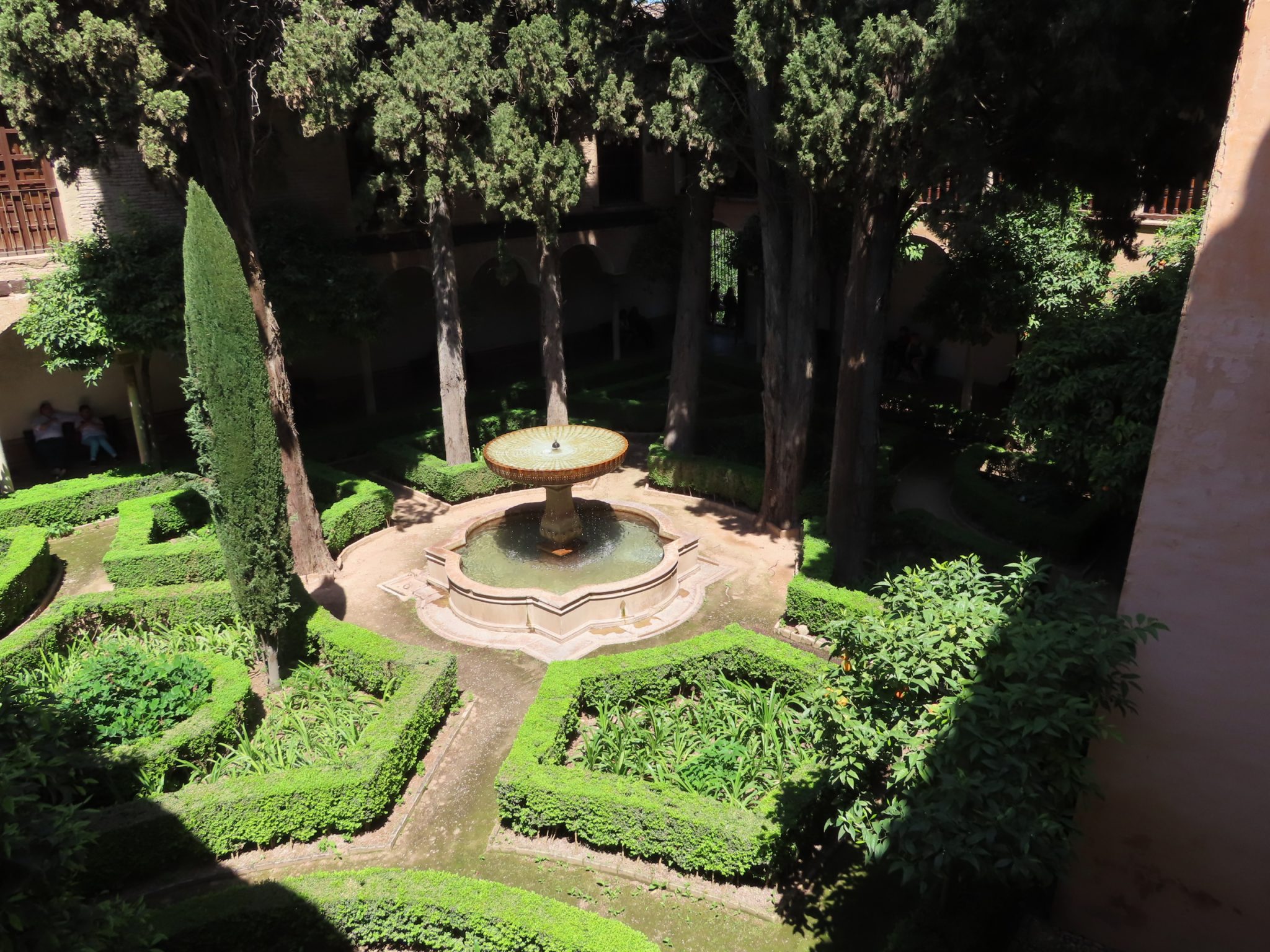
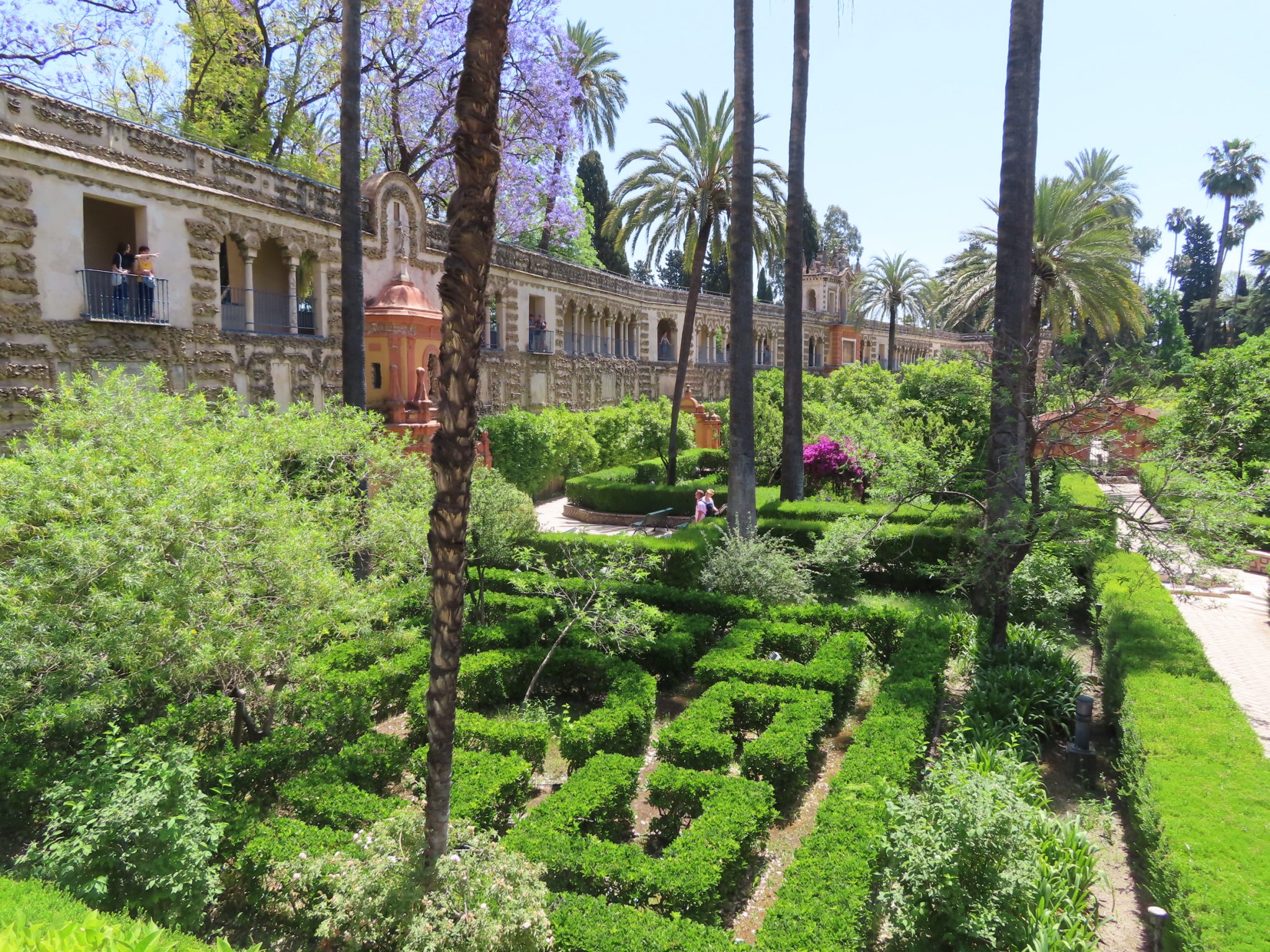
But the most beautiful planting for me was the rose arches at the Alhambra. They’re apparently a recent addition to the gardens, created in the 1950s by the head gardener of the time, but they look just right in this garden high up on the hill overlooking Granada. In May they’re in full flower and there is arch after arch of pink roses, looking so cartoon-perfect and ridiculously abundant that you almost expect the Queen of Hearts to come dashing through the middle of them, pursuing a footman.

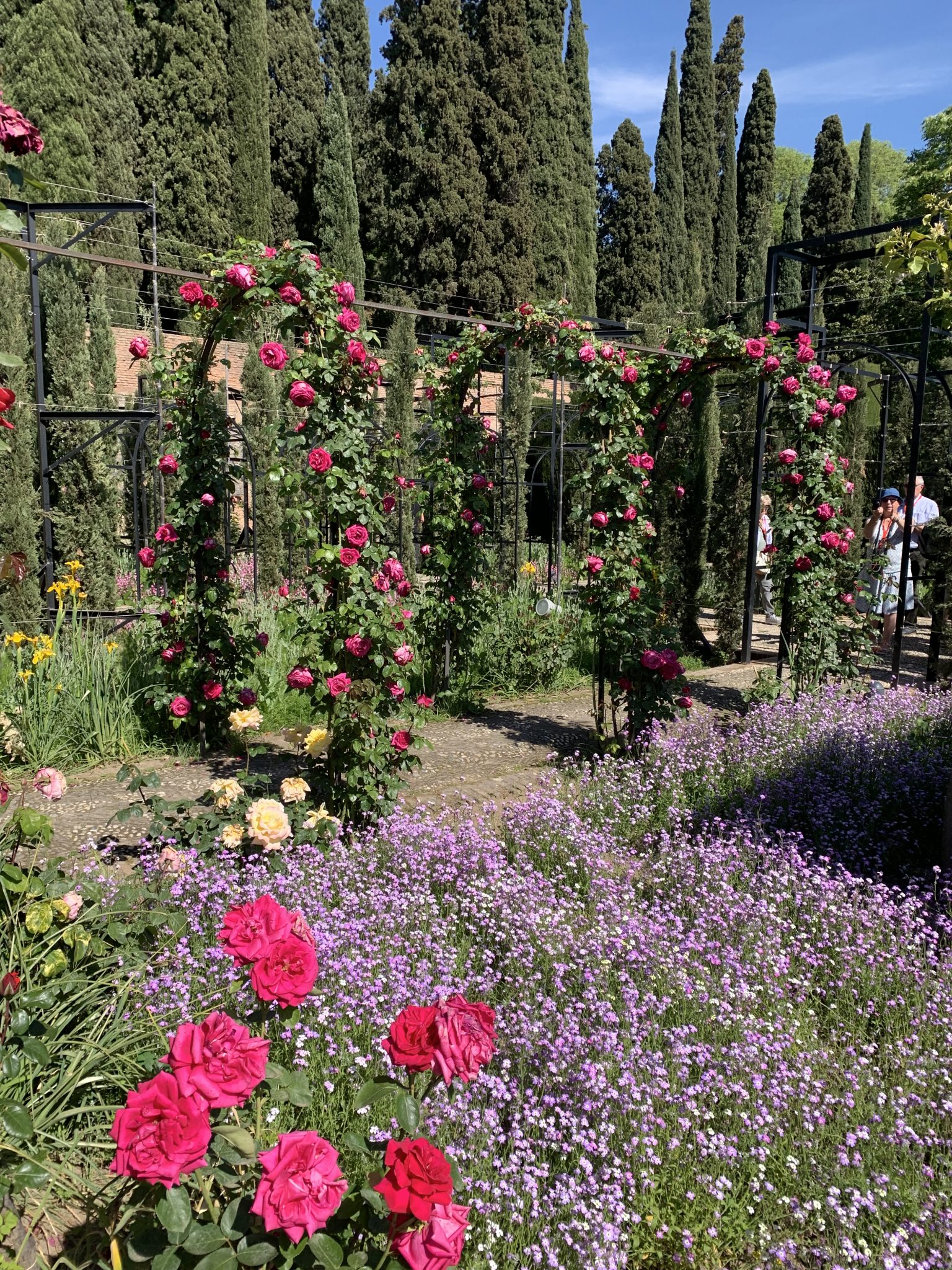
Although, now I come to look more closely, these roses do look as though someone’s been painting the edges …

… curiouser and curiouser.
